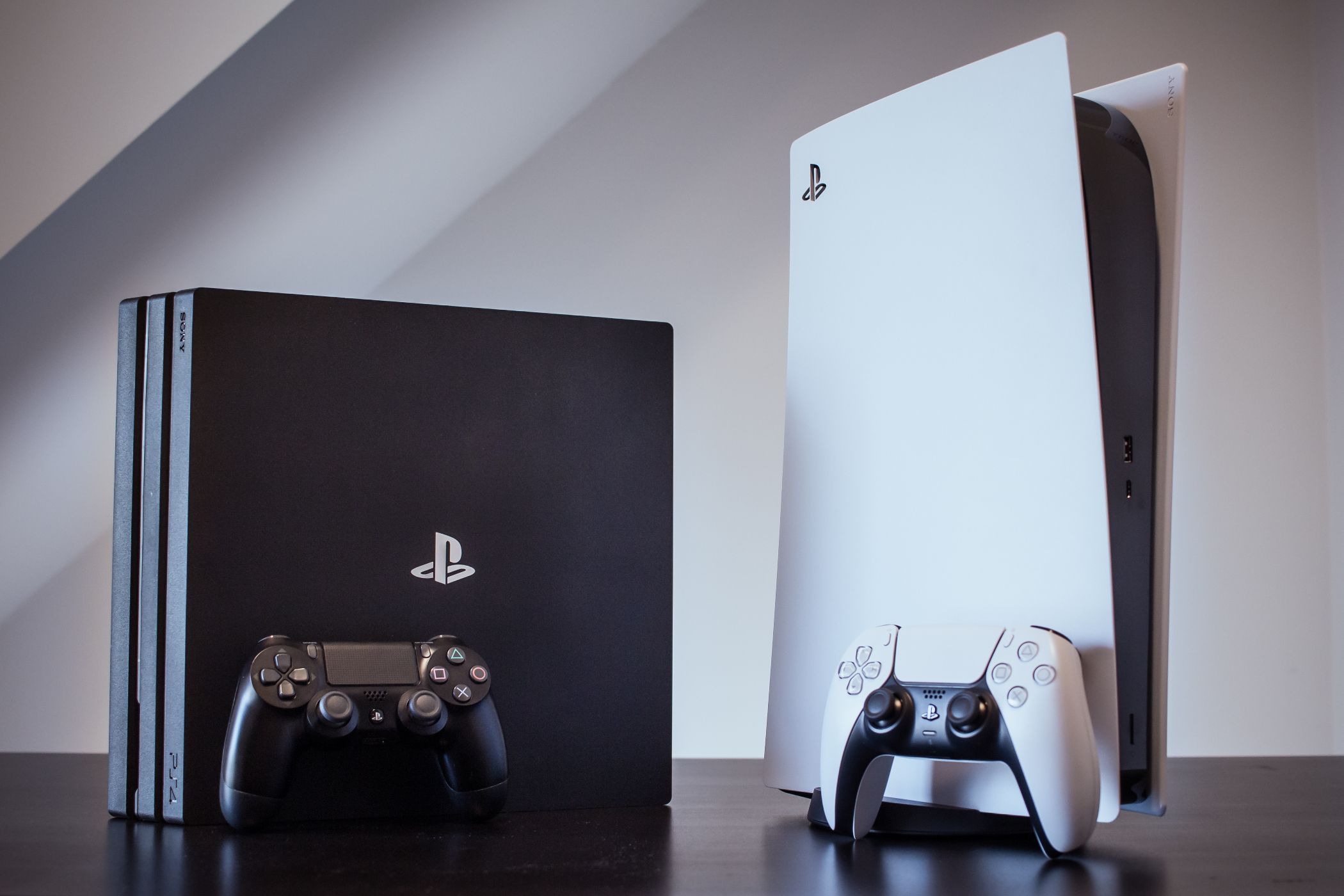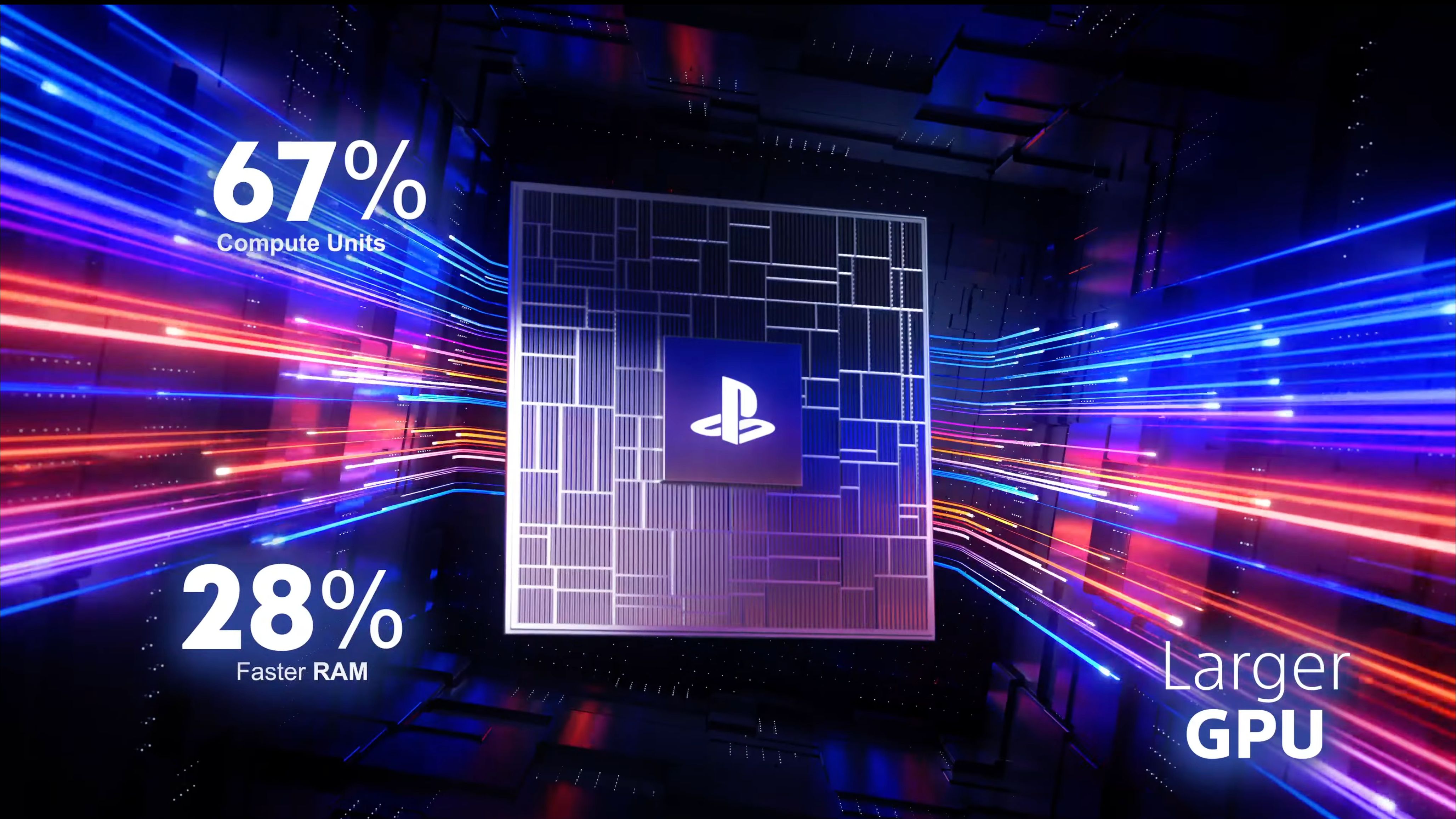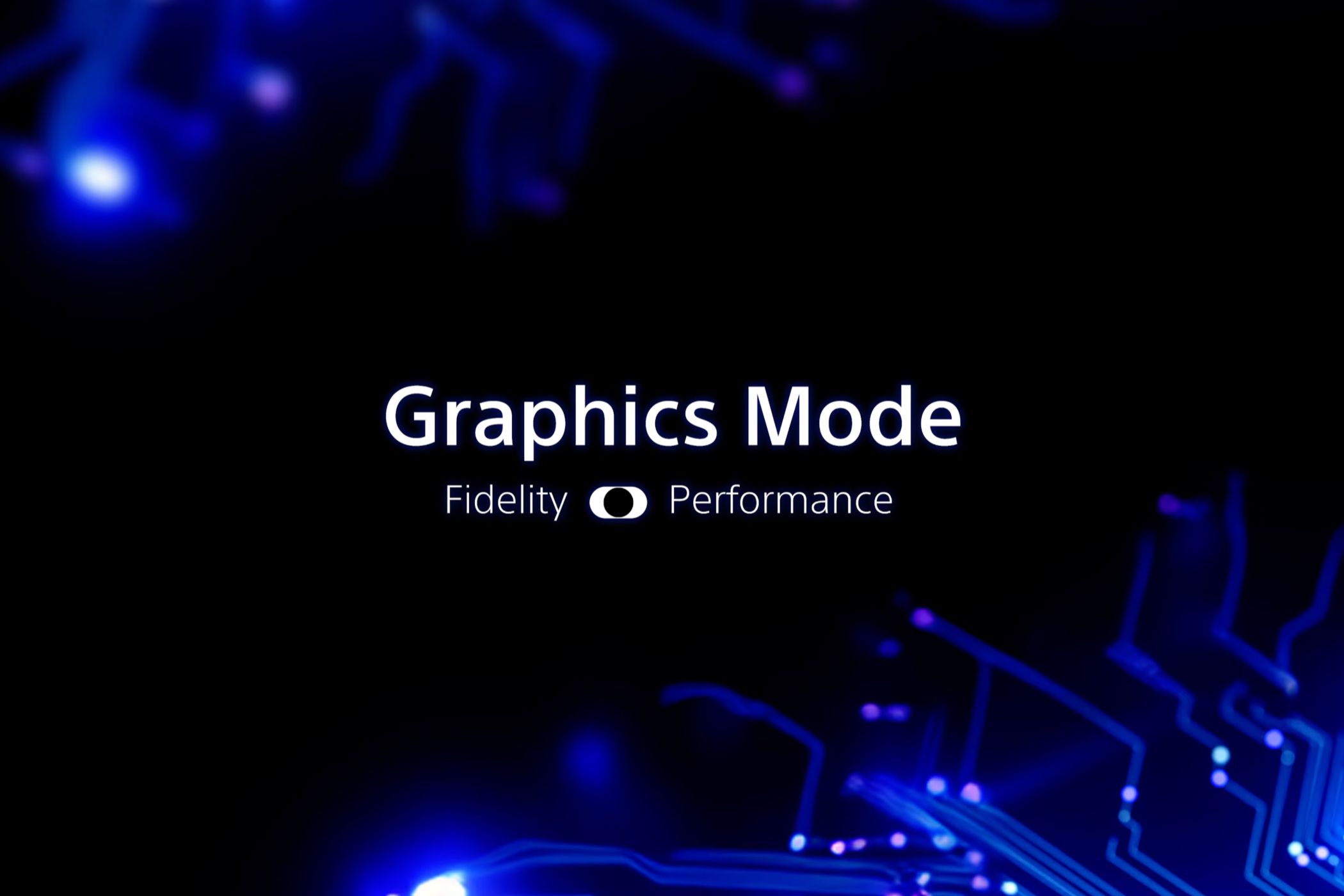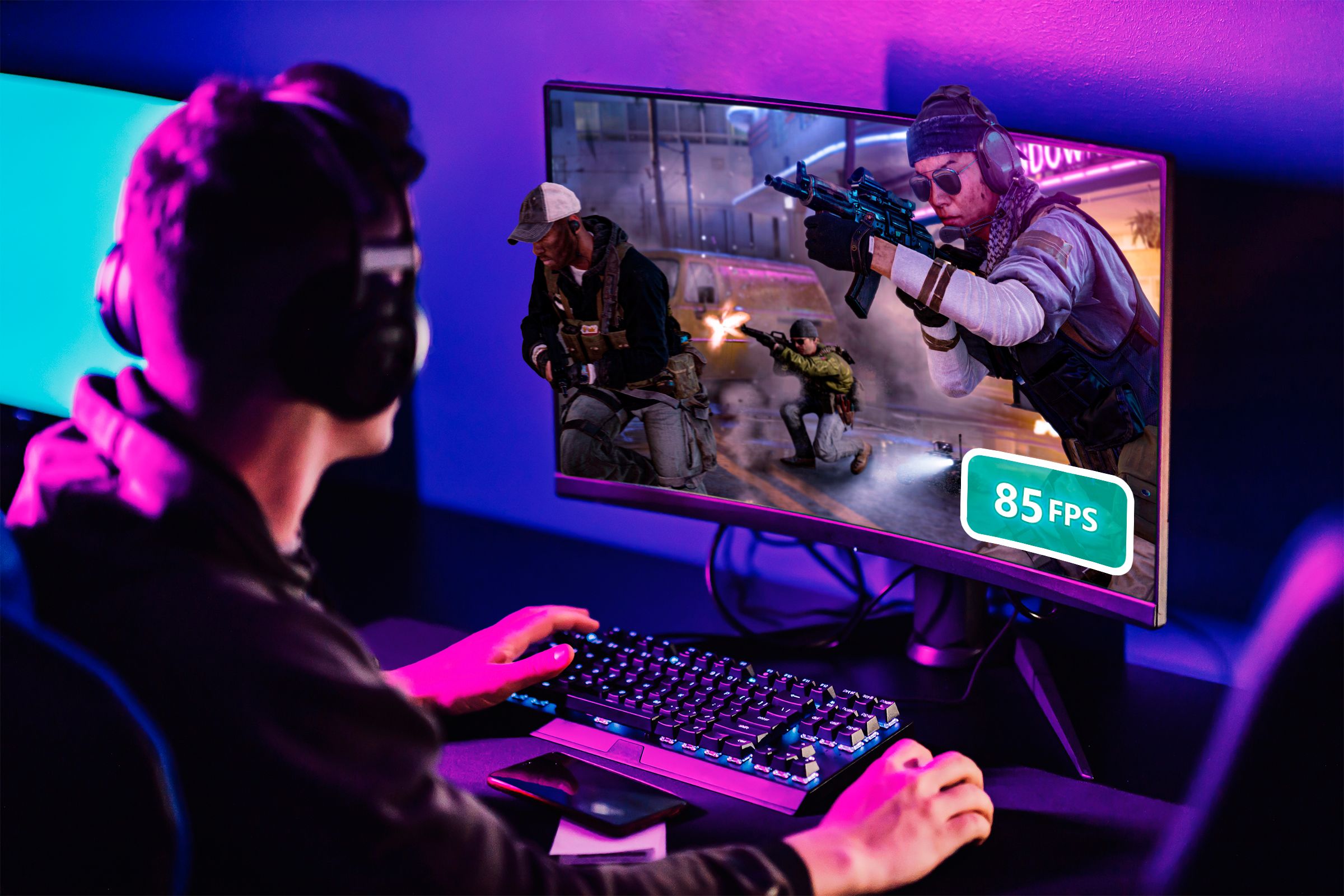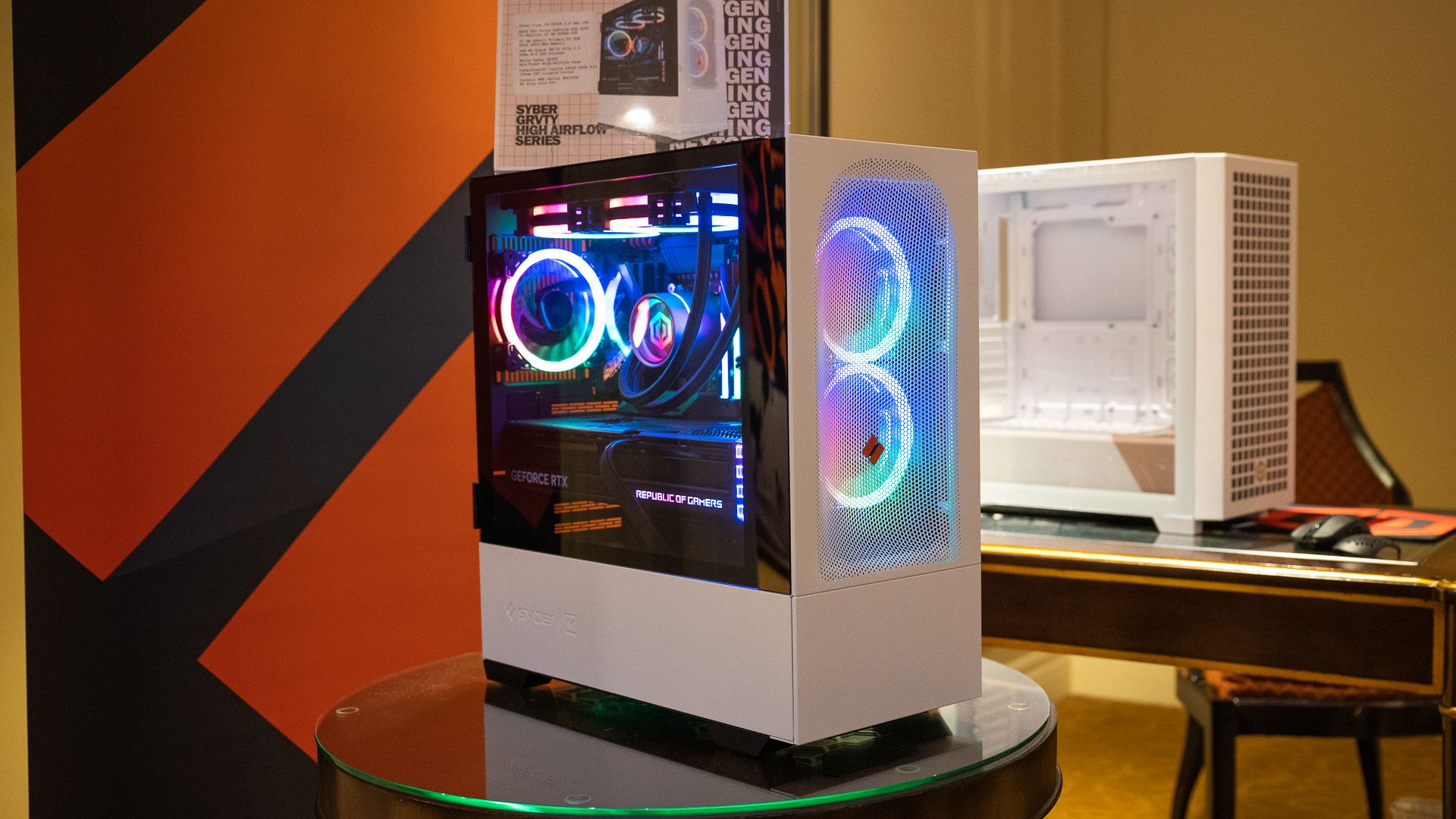Key Takeaways
- Despite the high price, the PS5 Pro isn’t the most expensive PlayStation, after accounting for inflation.
- The PS5 Pro provides substantial upgrades in GPU and storage, with a premium experience that’s likely to appeal to a more “serious” audience.
- When compared to PC hardware, the PS5 Pro still provides surprisingly good value and removes the requirement to build and optimize a PC yourself.
After months of speculation and leaks, Sony has confirmed a mid-cycle Pro refresh of the PlayStation 5. While not a generational improvement, the Pro promises a significant performance boost over the outgoing model. The hefty $700 price tag has raised eyebrows across the community, so is it justified?
It’s Not the Most Expensive PlayStation Ever
I wouldn’t blame you for thinking that the PlayStation 5 Pro was the most expensive PlayStation of all time. $700 is a lot of money for a games console, plus it seems like the non-Pro model won’t go down in price anytime soon.
However, the $599 PlayStation 3 60GB model is actually the most expensive PlayStation of all time once you account for inflation. The PlayStation 3 was released in November 2006. Back then, $599 was equal to a whopping $935 in today’s money. Even the cheaper 20GB PlayStation 3 was priced at $499, which would be around $779 today.
The PlayStation 4 Pro is often used as the primary reference point when discussing the price of the PlayStation 5 Pro. When it was released, the PS4 Pro was uniquely priced at $399 (the same MSRP as the PS4), a very reasonable $520 after accounting for inflation. Plus, the Pro launched alongside the PS4 Slim, which saw a price reduction to $299.
Meanwhile, the PS5 is still at the same price point as it was four years ago when it launched.
However, the thing with the PS4 Pro is that it launched at the right time, so it was uniquely cheap. Hardware costs had fallen significantly between the launch of the PS4 and the Pro, which allowed Sony to keep prices low. Today, computer electronics don’t fall in price nearly the same way they used to almost a decade ago.
It’s also worth noting that the PS4 Pro was a less substantial hardware upgrade. For instance, the PS4 and PS4 Pro used hard drives rather than the faster and more expensive NVMe storage of the PS5. The PS4 Pro was an exception, not a rule. In my opinion, we shouldn’t hold it against the PS5 Pro.
The Pro Is a Worthwhile Upgrade
The PS5 Pro isn’t supposed to be a next-gen upgrade that revolutionizes the gaming landscape; we’ll have to wait for the PlayStation 6 for that. The Pro is simply meant to provide more powerful hardware that can push higher frame rates and better visual fidelity in current games. It has to do this without sacrificing the experience on the non-Pro model.
That could be why the PS5 Pro won’t feature a new CPU (though cost considerations surely played a part in this decision). It might get a 10% frequency boost, but that’s about it. The PS5 CPU is still mostly capable of handling what modern games throw at it. Instead, Sony focused most of the PS5 Pro announcement on visual performance enhancements.
The PS5 Pro features a significantly upgraded GPU with 67% more compute units that promise a 45% boost to render speed, as well as better ray tracing. Another major feature upgrade is PSSR (PlayStation Spectral Super Resolution), a new hardware-accelerated machine-learning upscaler similar to DLSS and FSR.
Thanks to the powerful GPU and PSSR, the PS5 Pro can reportedly handle ray-traced graphics at 4K while still achieving a smooth 60 FPS. Since PSSR is hardware-accelerated, it won’t be coming to the regular PS5. It’s a way bigger deal than most people realize. If it’s as good as DLSS, and it definitely has the potential to be, it’ll be a massive performance uplift that doesn’t sacrifice visual fidelity, especially on 4K and 8K TVs.
PlayStation Lead Architect Mark Cerny explained in the PS5 Pro Technical Presentation that one of the key goals of the Pro was to eliminate the choice between fidelity and performance modes. You can now have your cake and eat it, too (in theory).
In addition to the GPU, there are some other improvements worth mentioning. Thanks to some optimizations, the PS5 Pro has 13.7GB of addressable memory, a 1.2GB bump over the PS5’s 12.5 GB. This, combined with 28% faster RAM, will help reduce stutter and improve overall smoothness, especially in open-world games.
What is a substantial upgrade, however, is the storage increase to 2TB. Adding another terabyte of NVMe storage to a PS5 can set you back around $100, which means a Digital Edition PS5 with the added storage basically costs $550. Suddenly, the PS5 Pro doesn’t look like that bad of a deal.
However, I can’t ignore the fact that the PS5 Pro doesn’t come standard with a disc drive. It’s going to be a pricey $79.99 addon. The vertical stand will now also be a $29.99 addon.
It seems like Sony is trying to push an all-digital future, which sucks if you love physical media. I’m also a fan of physical game copies because you can easily refund or sell them when finished to recoup some of your investment.
An Equivalent PC Is Still More Expensive
Sony has traditionally treated the PlayStation as a “loss-leader.” The console is sold at a slight loss. Instead, Sony recovers the cost and eventually earns a profit through game and subscription sales over a longer period. When you look at the PS5 Pro’s $700 price tag, you might think that it’s no longer the case (nobody knows for sure). However, if we look at PC hardware prices, it turns out that the PS5 Pro is still a good value for the money.
IGN built a PS5 Pro-equivalent PC. According to their calculations, it costs around $863, so it’s still more expensive even after getting the optional disc drive. Their PC has very similar specs to the PS5 Pro, which means it’s using the slightly older AMD AM4 platform.
If you were to build a PC that uses a newer generation of CPUs, DDR5 RAM, and supports other newer technology, you’d have to cough up a couple of hundred bucks more, though you’d have a more powerful PC than the PS5 Pro.
Building a custom PC is a lot of fun, but it can also be frustrating. Between choosing the right parts, accounting for compatibility, assembly, and potential troubleshooting, it’s a complex task that not everybody will enjoy. That’s why people opt for closed systems like consoles, as they provide a hassle-free experience with minimal setup required.
Pro Products Aren’t Supposed to Be for Everyone
Apple has nailed its Pro lineup, and Sony seems to be following suit. Among the very large audience of console gamers, there exists a much smaller subset that takes the games they play very seriously but doesn’t want to make the switch to PC. These “hardcore” gamers who don’t mind spending $200 more on a PlayStation are the target audience.
With triple-A games now priced at $70 (or more for deluxe editions), you could argue that it’s better to skip three releases and get the PS5 Pro instead. While waiting for those games to go down in price, you could play through older games that are on sale, along with the large collection of free games and PlayStation Plus Premium titles.
I thonl that the drama over the PlayStation 5 Pro’s $700 price tag is overblown. The value that the console provides is reasonable, and it’s a great way to enjoy a premium gaming experience without the hassle of building and optimizing a PC.
For casual gamers, the regular PlayStation 5 is still a solid option. While Sony has yet to drop the price, the second-hand market could still see a flurry of cheap PS5 consoles as existing owners rush to replace their consoles with the new Pro version.


